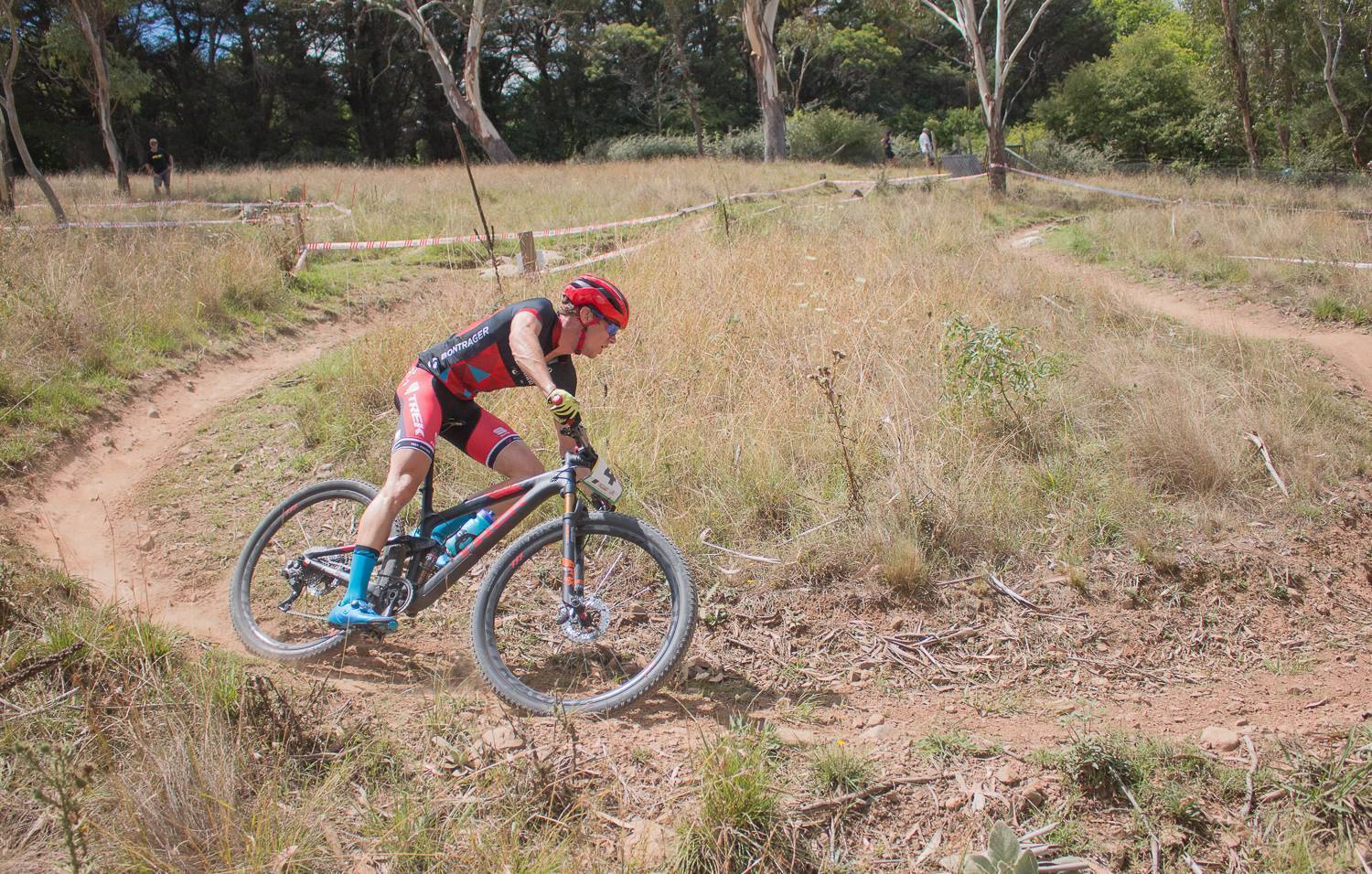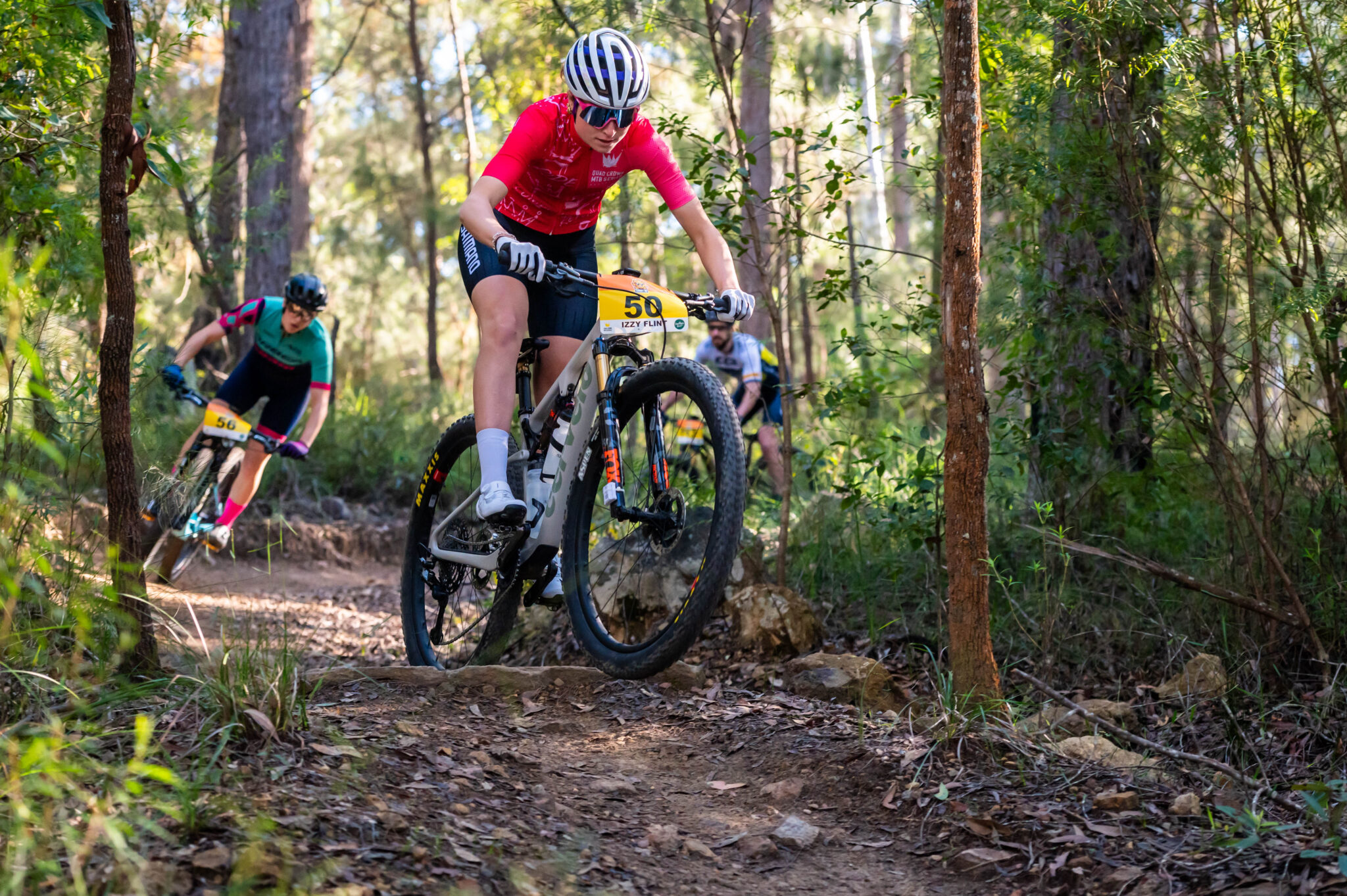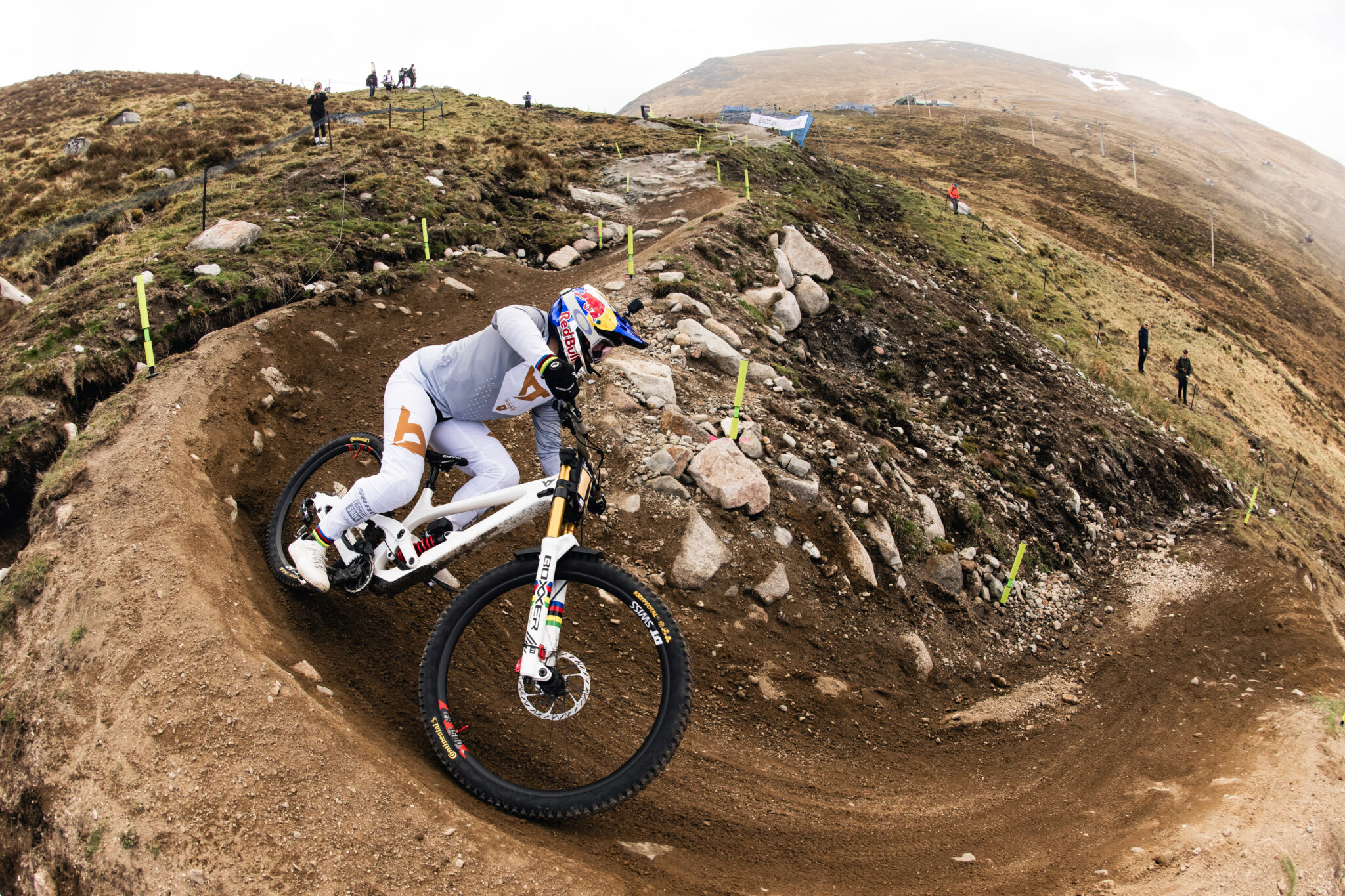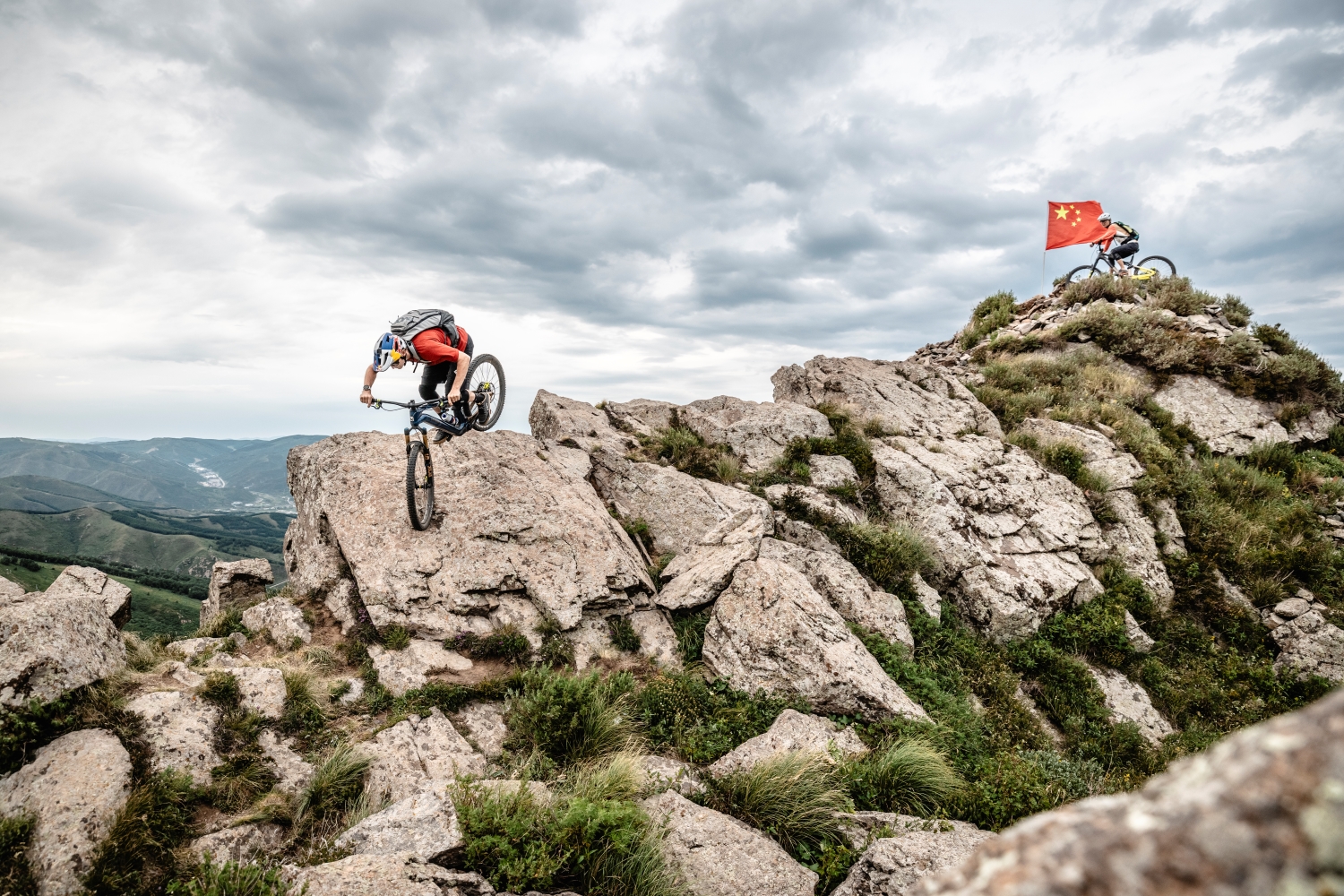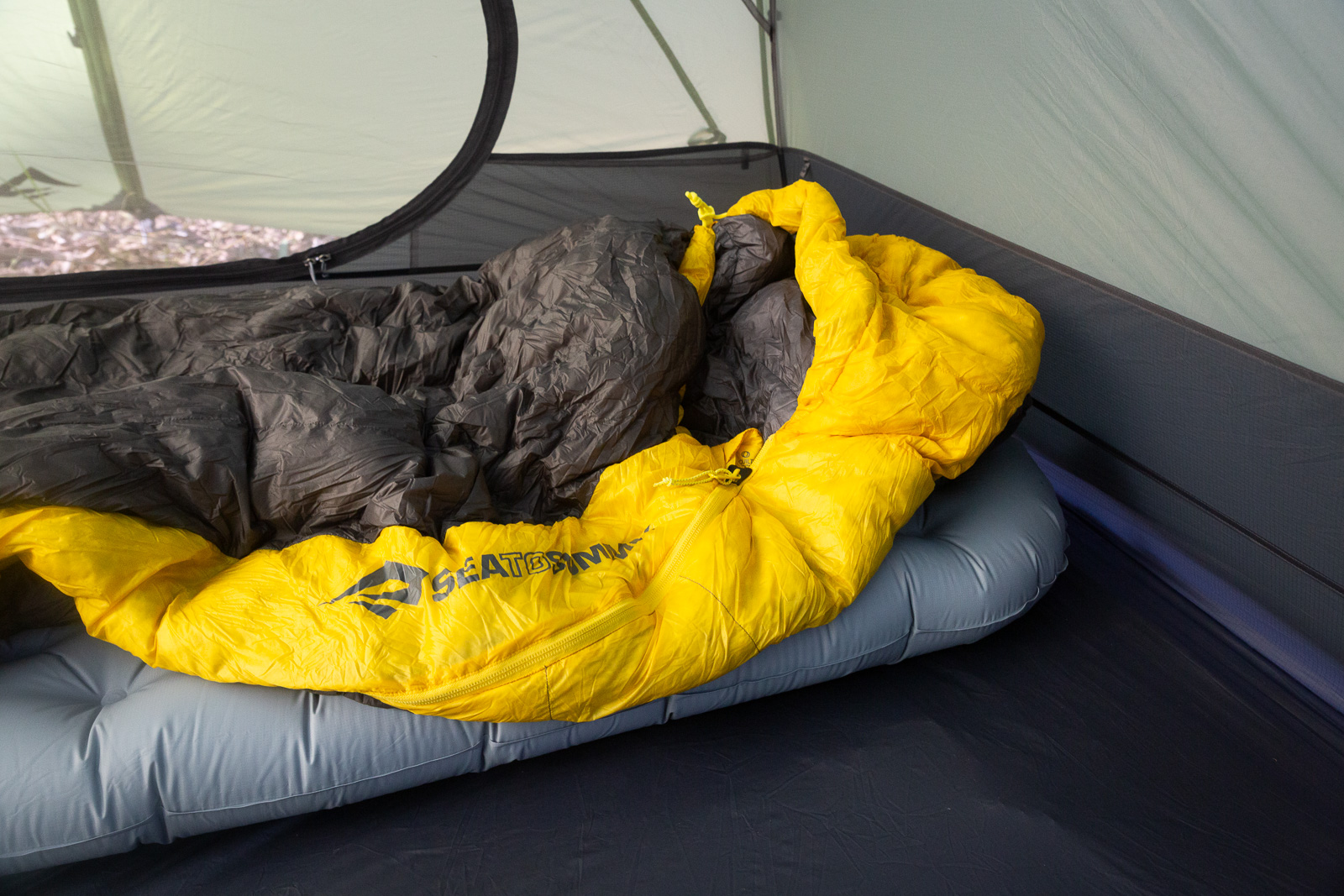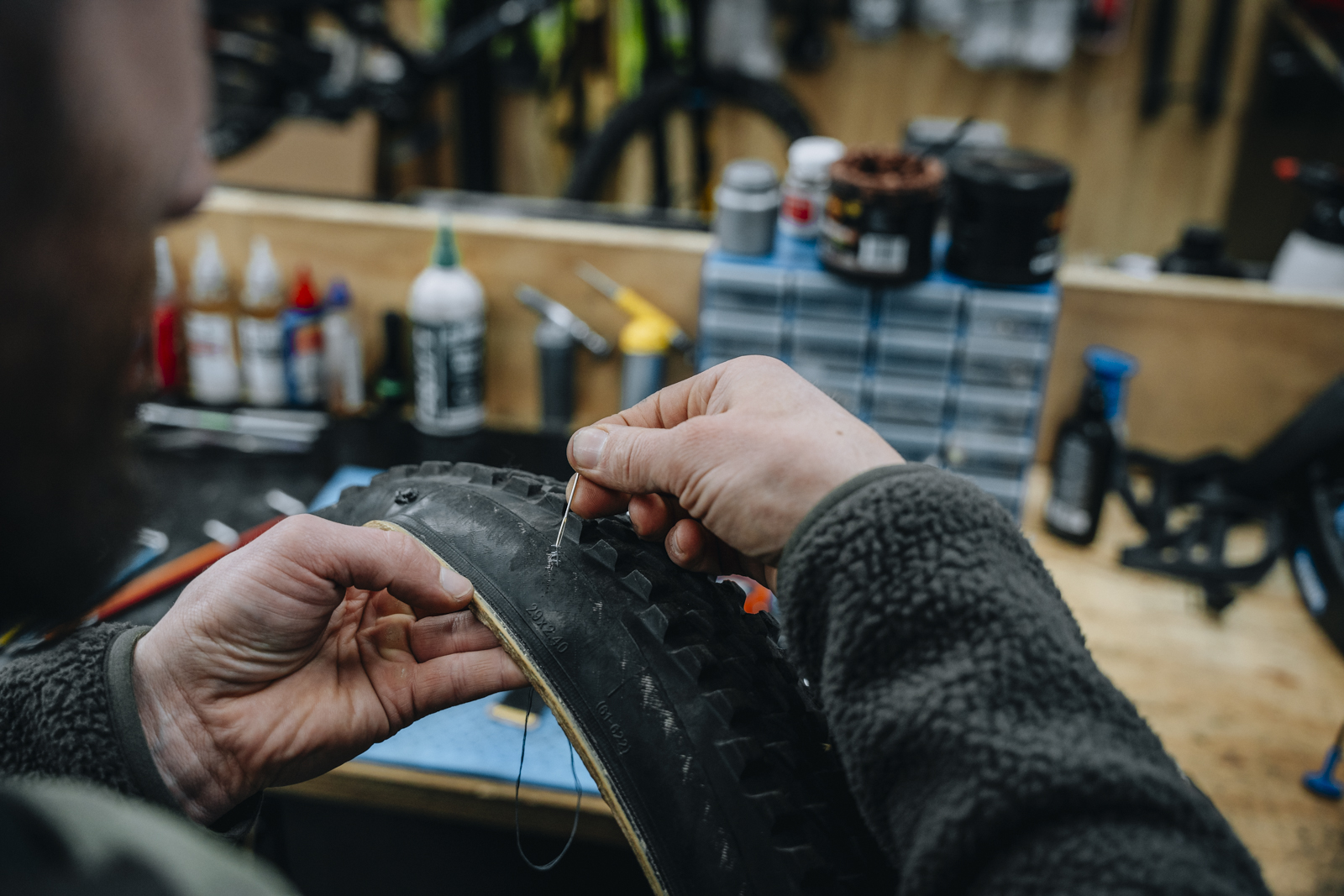MTB Strength Training
Isn’t riding my bike enough? Do I really need to have a strength program?
Words: Mark Fenner
It has been a while since I have written for the AMB and I am stoked to be back. I hope to bring articles with a focus on helping you become better riders and generally increase the froth you all have on the bike. Being fitter, stronger and faster is not just the realm of the elite pros it is within the grasp of every rider to enhance the riding experience. We are going to cover a gamut of topics from FTP Training riders like Josh Carlson and his training for Enduro riding. Race preparation and tips for Marathon riding with Cam Ivory and what it takes to tackle your first stage race like The Pioneer.
In this first article I have engaged the expertise of one of FTP Training’s coaches and strength and conditioning guru Sarah Hunter. During the 30 or so years I have been coaching athletes my thoughts about strength and conditioning for cycling have changed in line with more current literature. I used to believe if a rider had only limited time to train then it was more beneficial to just ride the bike. Working with so many elite and age group riders has shown just how beneficial strength and conditioning training can be not only to performance, but, also in injury prevention and general strength and overall health.
Words: Sarah Hunter
Doesn’t strength training make you heavier and bulk up too much for riding?
This is a common question I get from many endurance athletes and mountain bikers. They are worried that by hitting the gym they will end up looking like Arnie and therefore this might impact their power to weight ratio.
In the strength and conditioning world there is an effect called the interference phenomenon. This basically means that adaption effects of cardio (ie riding your bike) interferes with the hypertrophy (increase in muscle size) effects of lifting weights. Typically, this interference effect is only one way, so hypertrophy is compromised by endurance exercise, but endurance performance is enhanced by strength and power training. This is not so good for hardcore gym goers whose only aim is to bulk up, and this is why you don’t see any weightlifters doing much, if any, cardio. However, this effect is a positive for us; we can reap the rewards of strength training without getting bulky.
Pre-2000, the athletic community believed that strength was mainly determined by the size of the muscle. It has now been shown in multiple studies since 2000 that the neural system plays the primary role in determining strength. You may ask…How does this affect me? Since a muscle consists of motor units and the motor units activates the muscle fibers, then the more motor units you can use the more muscle you can utilise.
The primary effects of strength training will therefore be the ability of your body to recruit more motor units and recruit these motor units faster. More motor units firing means more force created by the muscle and more power to the pedal stroke, all without getting bulky.
The take away
Cycling endurance can be improved with a lower volume, heavier weights program. You won’t gain muscle or increase body weight, but your performance will improve. Endurance athletes will benefit from strength training because it will offset the catabolic nature of prolonged endurance exercise. (Catabolic means the breaking down of lean muscle tissue to fuel the body).
What exercises should a rider do in the gym?
Studies have shown that a program with heavier weights and lower reps will increase short and long endurance capacity.
Lift fast. It doesn’t matter whether you’re doing body weight or dumbbell, machines or kettlebells, you need to lift the weight as explosively and quickly as possible. Once you can’t move fast anymore, the set is done, and you recover, rest or work a different body part until you can generate high power again. Note that lift fast doesn’t mean do the entire exercise fast, for example in a squat it means it means controlled movement with gravity, pause at the bottom of the squat, then move fast on the up movement.
Choose “big”, multi-joint exercises, for example squats, deadlifts, even Olympic lifting if you have someone who can teach you proper form.
Be safe. If you’re not used to moving heavy weights quickly, then begin with light weight workouts or body weight workouts, to master the correct form. The faster you move, the easier it can be to injure yourself, so be clever and use good form!
Here are my top 3 go to exercises that give the best bang for your buck as a mountain biker:
Banded goblet squat
Common squatting mistakes to avoid:
1. Knees collapsing inwards – addressed by using the mini band which forces you to engage your glutes and actively push your knees outwards, so they are in line with your ankles and hips.
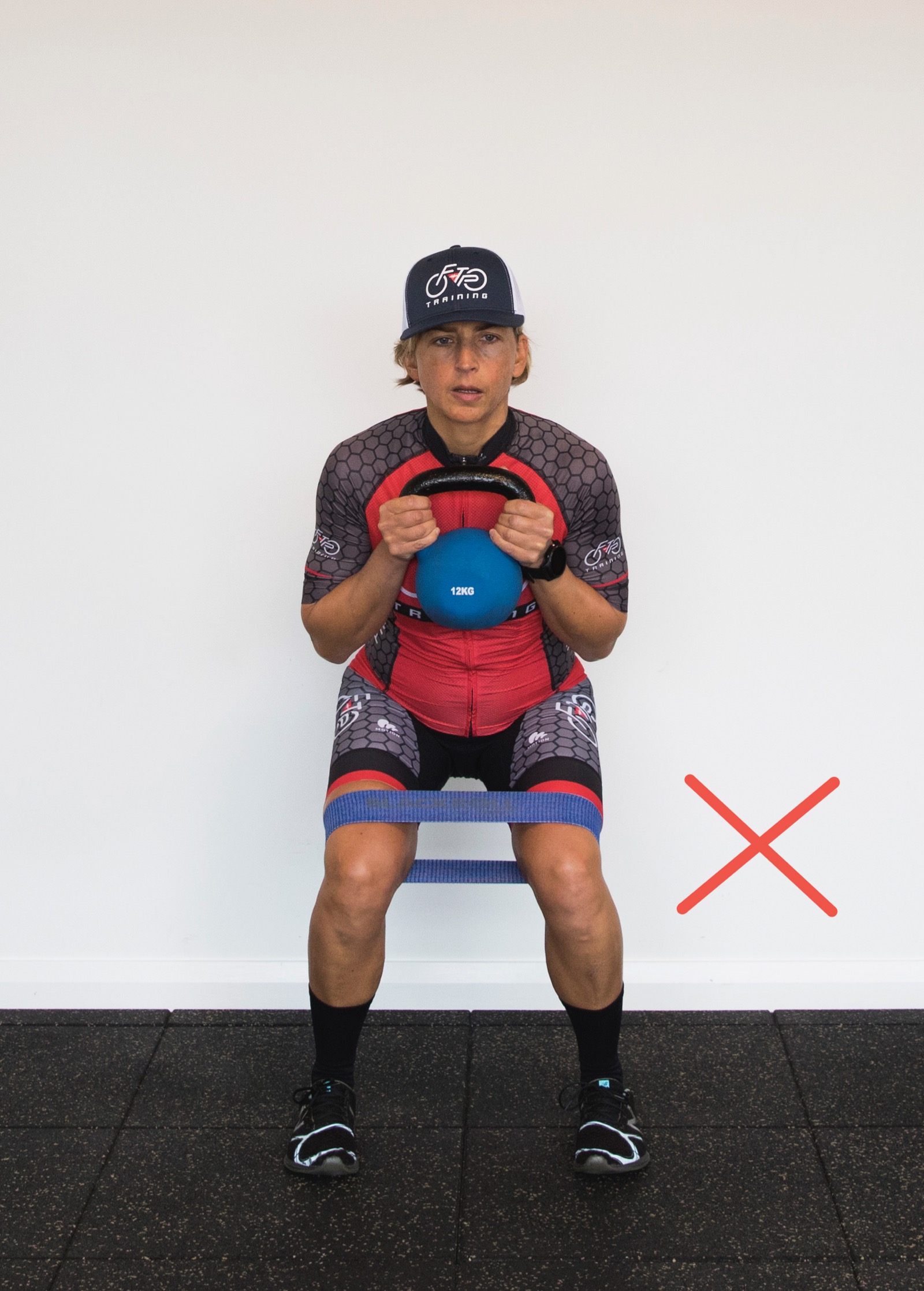
2. Knees collapsing inwards is addressed by using the mini band which forces you to engage your glutes and actively push your knees outwards, so they are in line with your ankles and hips.
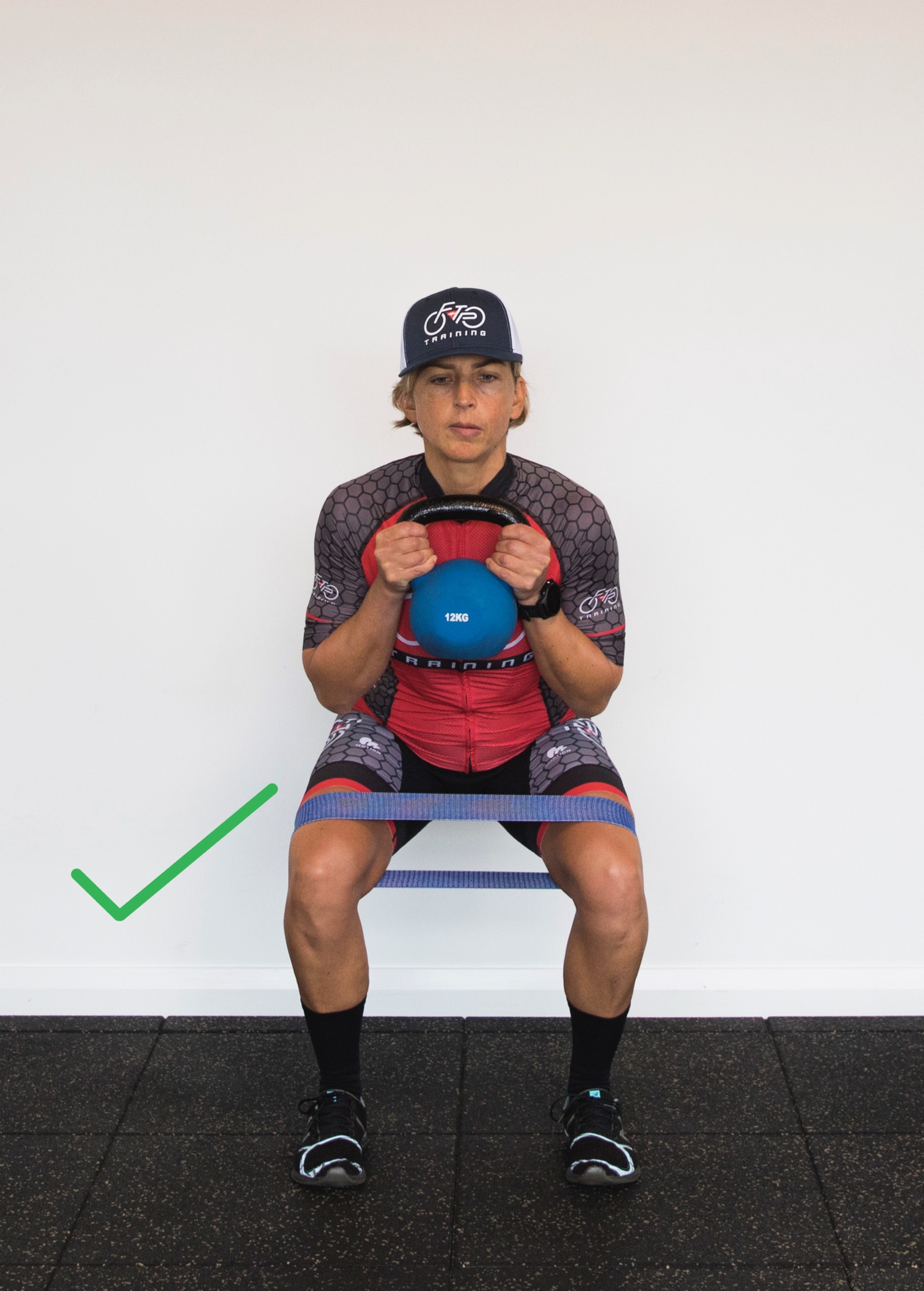
3. Torso leaning too far forwards – either the core is weak, and/or your stance is too narrow. So, try a wider stance, and actively engage the core before initiating the squat and focus on keeping the weight touching your body.
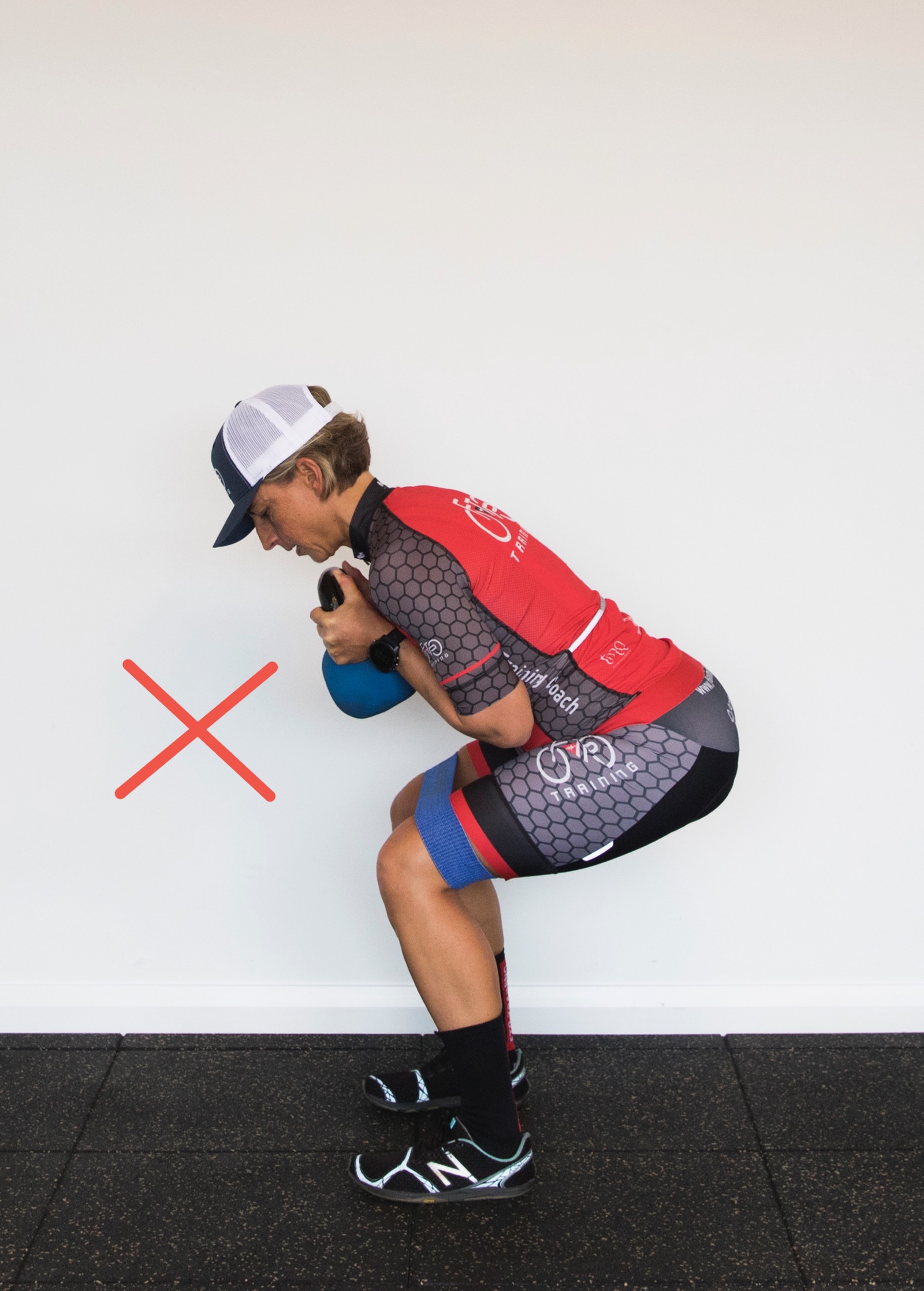
4. Stand with your feet hip to shoulder width apart, with toes pointing forwards. Hold the dumbbell or kettlebell vertically so that the weight is touching your body at the collarbone. Keeping your core tight, and back flat, bend your hips and knees to send your butt back and down as if sitting back into an imaginary chair. There is no need to squat any deeper than thighs parallel to the floor. Hold the bottom position of the squat for a count of three, actively bracing your core, before powerfully driving up through the mid foot and heels to standing.
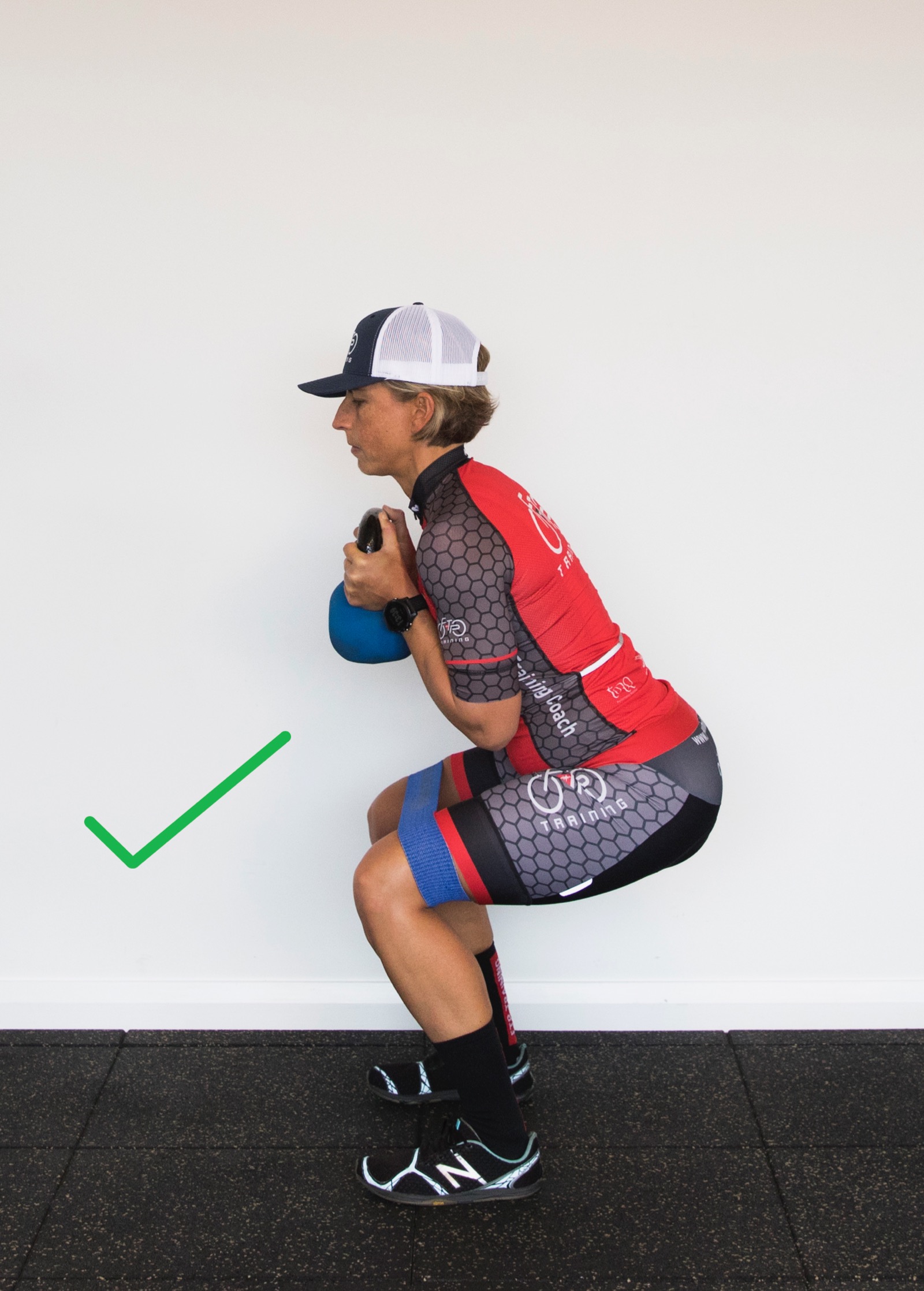
Sumo stance Deadlift
1. Stand with your toes pointing forwards or slightly turned out. Place a kettlebell or dumbbell (placed vertically) on the ground in between your feet level with your ankles.
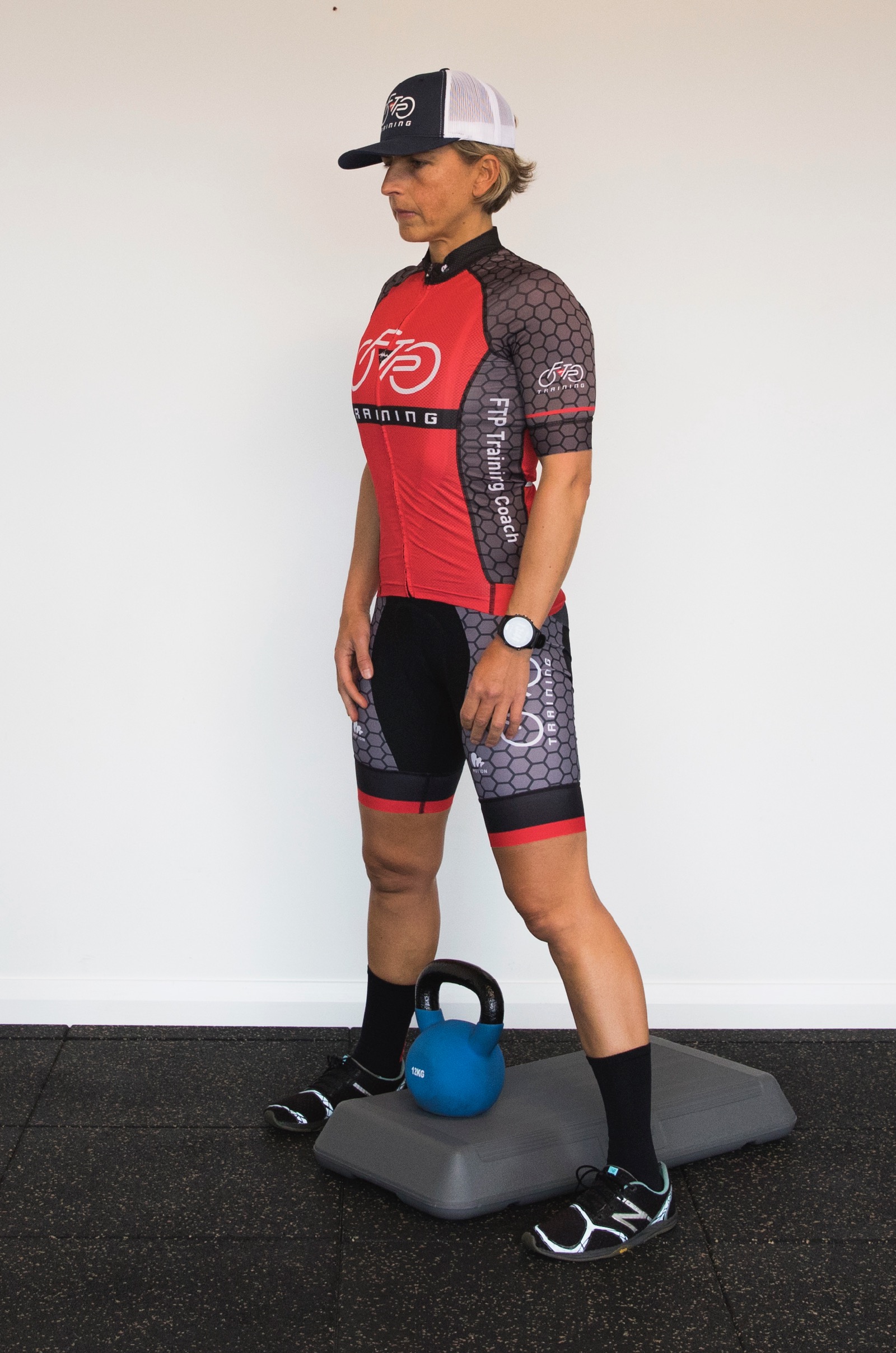
2. Hinging at the hips (think about keeping the hips high and pushed back behind you) reach down and grab hold of the weight. Your knees should bend, but the primary movement here is the hips. Engage you lats, by trying to pull your shoulder blades down your back into an imaginary set of rear pockets on your jeans. If you are using a kettlebell the same engagement of the lats can be achieved by trying to snap the handle of the kettlebell in two, you will feel your upper back switch on when you do this.
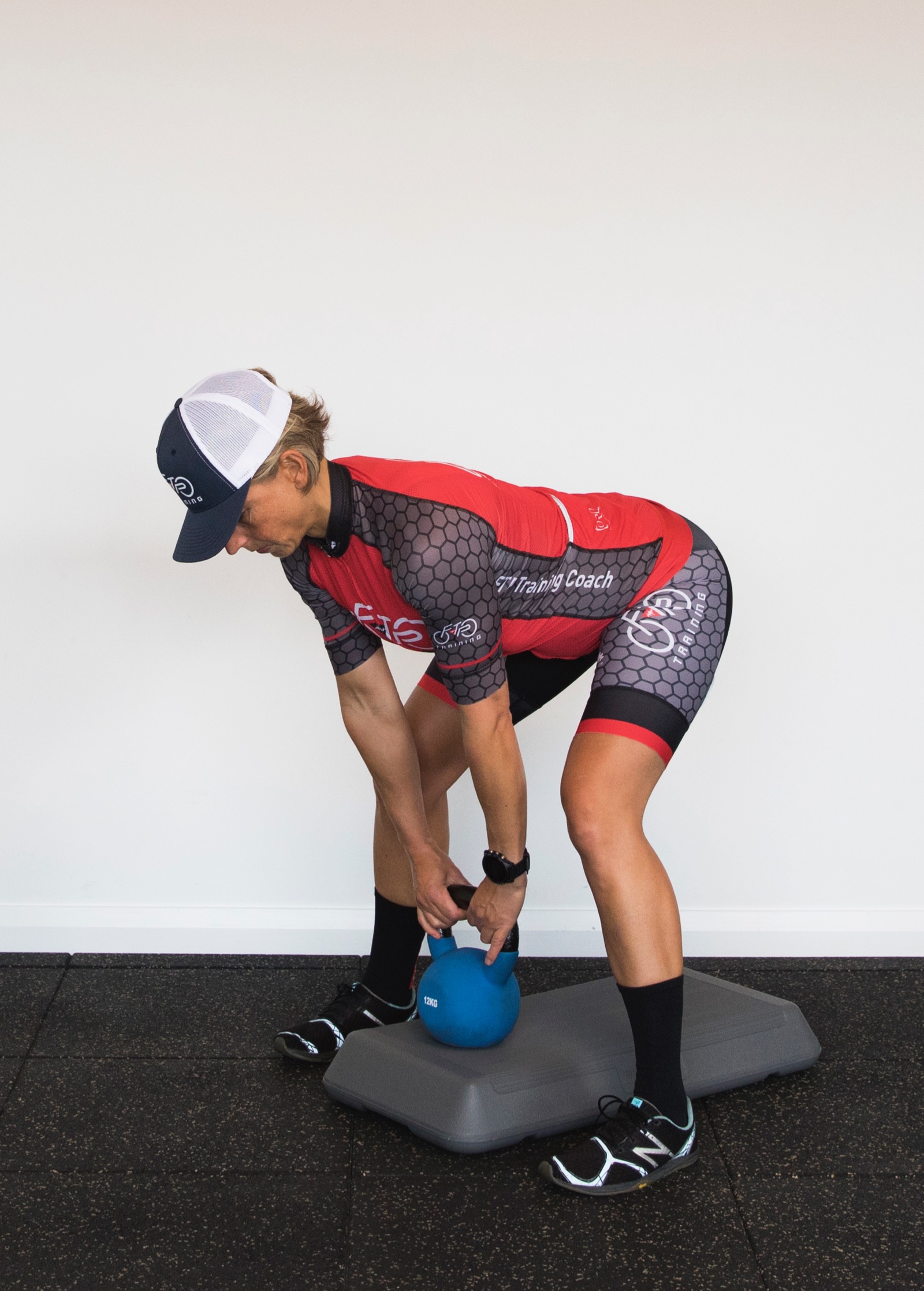
3. Keeping the spine neutral, lift the kettlebell off the floor, by driving the feet into the floor and driving with the hips.

4. From the top down, control the hinge and place the kettlebell back in the starting position. Return your body to the starting position without the kettlebell. Then repeat. If you are tall and/or have short arms, then you might want to place the kettlebell on a block to make the hinge more achievable.
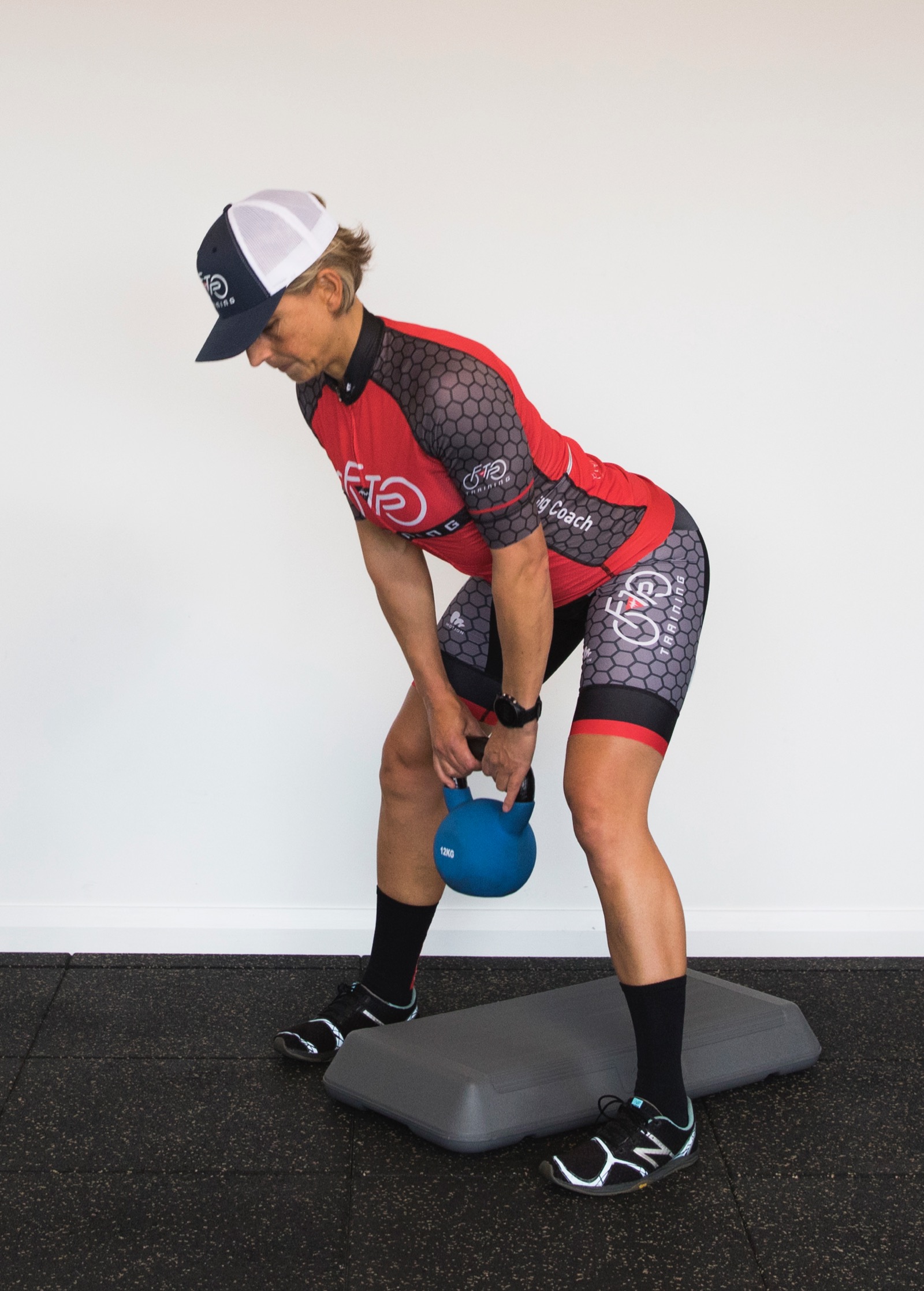
Bench bent over row.
1. Done correctly this exercise targets not only the back, but the core and glutes as well.
Maintain a very wide stance, with one knee on the bench and the supporting leg on the floor with a slight bend at the knee. Create some length between the arm and the supporting knee on the bench. The purpose of this is twofold, to keep a neural spine and have space for the arm to row.
Puff your chest out towards the floor and slide the shoulders back and down towards those imaginary jeans rear pockets, keep this position during the entire exercise.
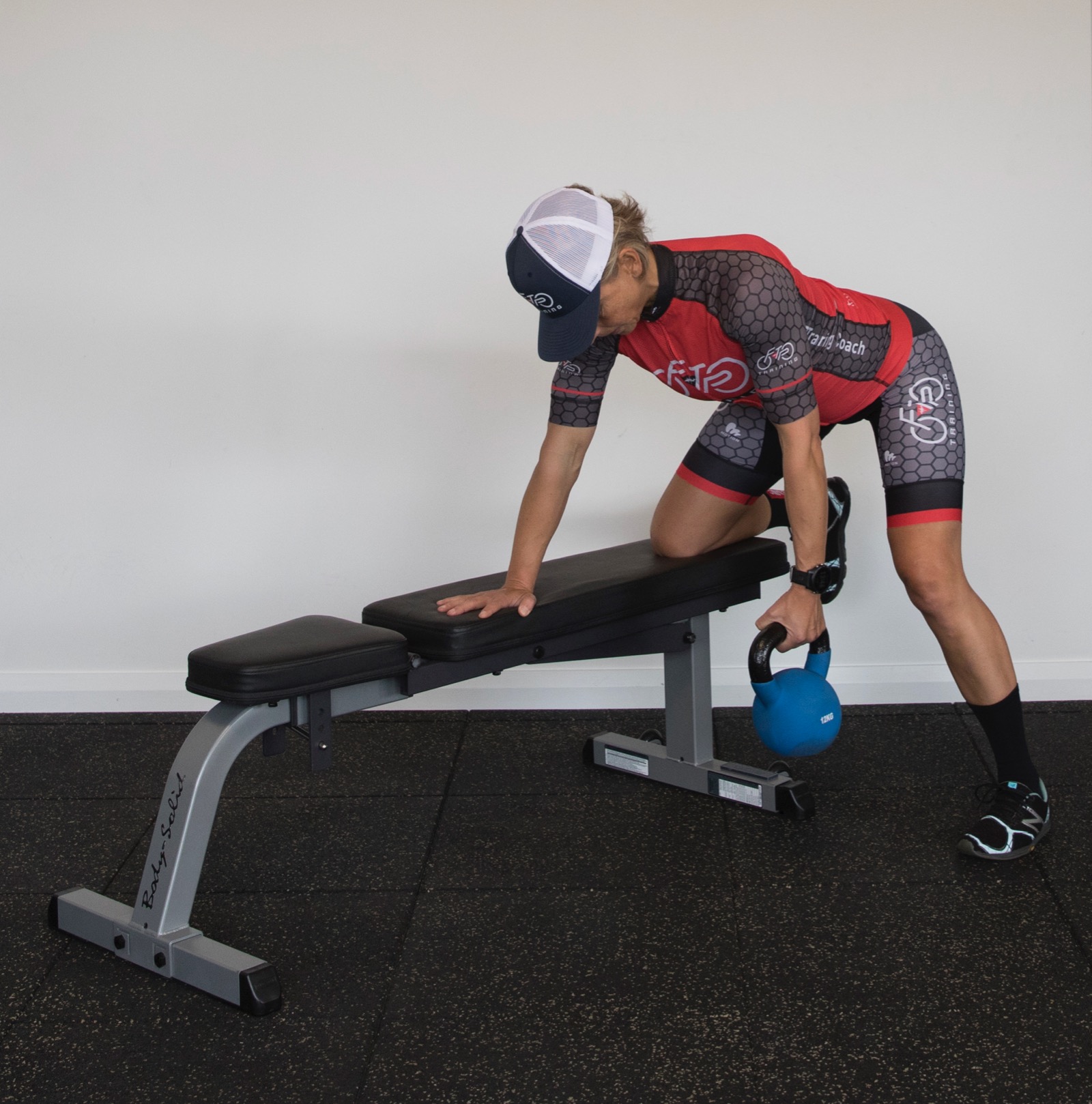
2. Be mindful to NOT let your shoulders round forward/down at the bottom of the row.
At the top of the row the arm should stop when level with the torso. Pause at the top of the row for a count of 3 and at the bottom of the row for a count of 2.
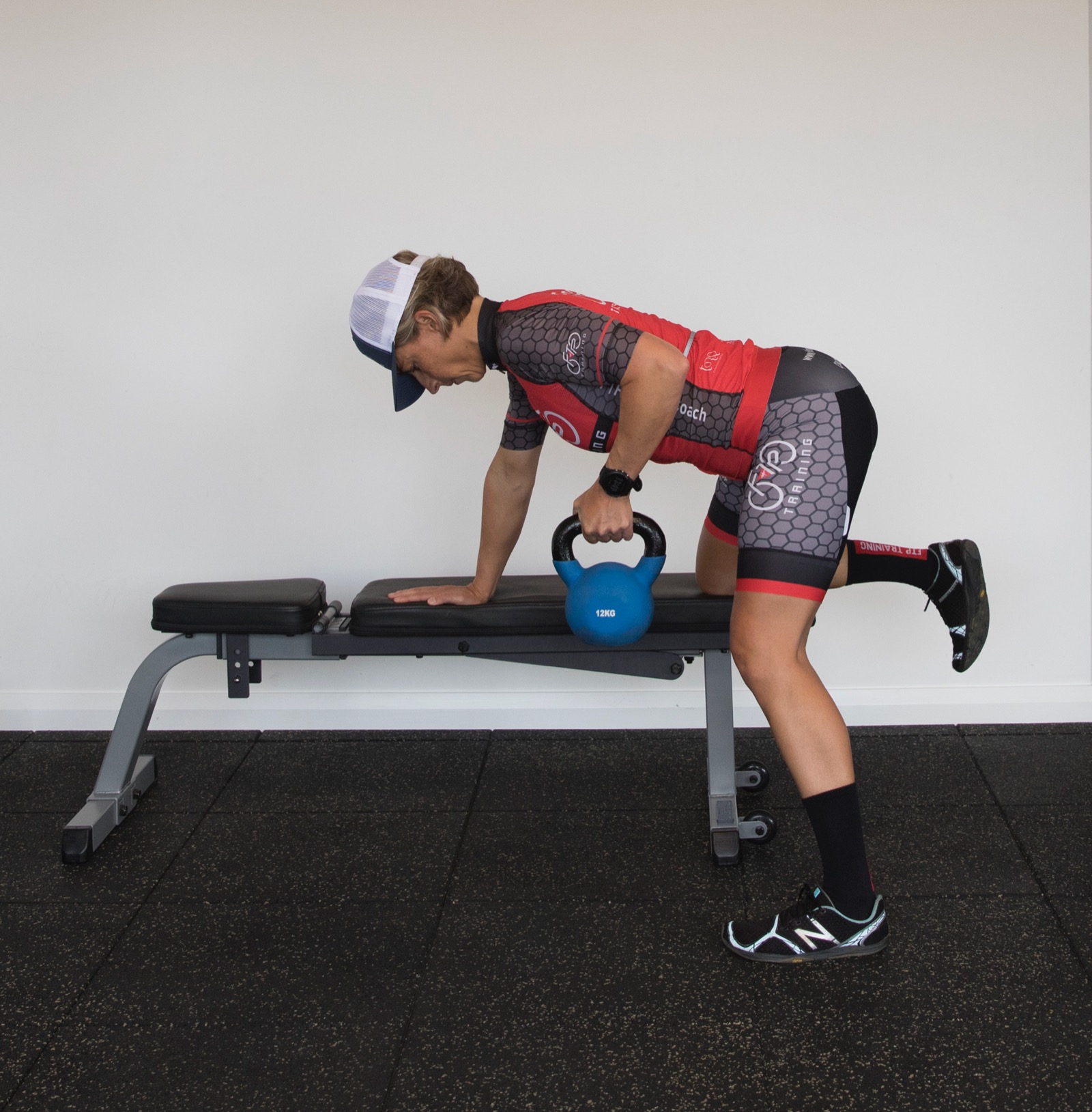
I would like to thank Sarah for sharing her knowledge and outlining some exercises that everyone can implement to become better riders. You don’t need to spend hours in the gym completing huge amounts of different exercises to be specifically stronger for the MTB. By following Sarah’s 3 go to exercises solid improvements can be made. As Sarah outlined making sure the form is correct for these exercises is very important. Don’t start with huge weights, but, just like any training modality, you start small and build gradually.
Catch you out there,
Fenz
Mark Fenner “Fenz” founder of FTP Training and general frother on all things cycling and training – check out www.ftptraining.com
Sarah Hunter just loves talking about S&C, she can be contacted on s.hunter@ftptraining.com or follow her on Instagram @sarah_hunterpt for more useful hints and tips related to cycling and S&C.

